Home Dog Grooming: Essential Tools and Techniques
Regular grooming is crucial for your dog’s health, comfort, and bonding. With the right tools and techniques, professional-quality care is achievable at home. This guide covers veterinarian-approved methods to ensure safety and effectiveness.
Essential Grooming Tools Checklist
Slicker Brush: Removes mats in medium/long coats. Choose rounded pins to prevent skin scratches. Brush with hair growth using short strokes.
Undercoat Rake (for double-coated breeds): Penetrates topcoat to remove dead undercoat. Use gently in sweeping motions – never force.
Stainless Steel Combs: Detangle post-brushing. Use wide-tooth first, then fine-tooth. Essential for checking brush work completeness.
Dog-Specific Nail Clippers (Guillotine or Scissor-style): Trim every 2-4 weeks. Avoid the quick (pink vein) – cut only the translucent hook. Keep styptic powder on hand.
Safety-First Clippers: Opt for low-noise (<60 dB) models with adjustable blades (#10 for body, #15/30 for sanitary areas). Blades must stay cool; lubricate every 5 mins.
Grooming Scissors (Blunt/rounded tip): Trim facial hair/paws. Curved scissors offer better contour control.
Dog Shampoo & Conditioner: pH-balanced formulas only. Oatmeal-based for sensitive skin, medicated options require vet approval.
Non-Slip Mat: Critical for bathtub safety. Prevents paw injuries during baths.
High-Velocity Pet Dryer: Speeds drying while loosening dead hair. Never use human hair dryers (risk of burns).
Ear Cleaning Solution & Cotton Pads: Weekly use prevents infections. Never insert cotton swabs into the ear canal.
Step-by-Step Grooming Techniques
Pre-Bath Brushing Protocol
Thoroughly brush/comb to remove all mats. Mats tighten when wet and cause skin damage.
Pay special attention to friction areas: behind ears, armpits, groin, and tail base.
For severe mats: use detangling spray and work slowly with a comb from the tips inward. Never cut mats flush with the skin.
Bathing Best Practices
Preparation: Place cotton balls gently in ears (prevents water entry). Apply a drop of mineral oil in eyes for protection.
Water Temperature: Lukewarm water (37°C/98°F). Test on your inner wrist.
Dilution: Dilute shampoo 10:1 with water in a separate bottle for even application and easier rinsing.
Application: Massage from neck down, avoiding eyes/ears. Lather legs, belly, and tail base thoroughly.
Rinsing: Rinse 3x longer than lathering. Soap residue causes itching. Squeeze coat to check for slickness.
Conditioning: Apply conditioner mid-length to ends. Leave on for 5 mins per product instructions before thorough rinsing.
Drying & Brushing
Towel dry by blotting, not rubbing. Rubbing damages hair cuticles.
Use a HV dryer on low heat/medium speed. Keep nozzle moving and 6-8 inches from coat. Constantly check skin temperature.
Brush/comb while drying section-by-section for a tangle-free finish. Coat should be completely dry before clipping.
Safe Clipping & Trimming
Blade Selection: #10 blade for general body, #15 or #30 for sanitary areas (anus, groin), #7F for face/feet (if experienced).
Technique: Move clippers with hair growth direction. Stretch skin taut for even cutting. Use short, overlapping strokes. Check blade temperature frequently.
Sensitive Areas:
Paws: Trim hair between pads using curved scissors. Level footpad hair flush with pads.
Face: Use blunt-tipped scissors. Hold muzzle gently but firmly. Trim around eyes outward (away from cornea).
Sanitary Areas: Clip hair around anus and vulva/prepuce short for hygiene. Use extreme caution.
Nail Trimming & Ear Care
Nails: Trim small slivers only. Identify the quick in light-colored nails. For dark nails, look for a chalky center before the dark quick core. File sharp edges.
Ears: Soak cotton pad with cleaner. Wipe only the visible part of the inner ear flap and entrance. Stop if redness or odor is present – consult your vet.
Maintaining Between Sessions
Brush short coats 1-2x/week; long/double coats require daily attention.
Check and clean ears weekly.
Wipe eyes daily with a damp cloth (use separate cloth per eye).
Handle paws frequently to desensitize for nail trims.
Pro Tip: Schedule sessions when your dog is calm (post-exercise). Use high-value treats consistently. Stop before frustration sets in. For complex tasks (first clips, severe matting), consult a professional groomer initially.
Regular home grooming builds trust, monitors health changes (lumps, parasites), and keeps your companion comfortable and healthy long-term. Always prioritize safety over aesthetics.

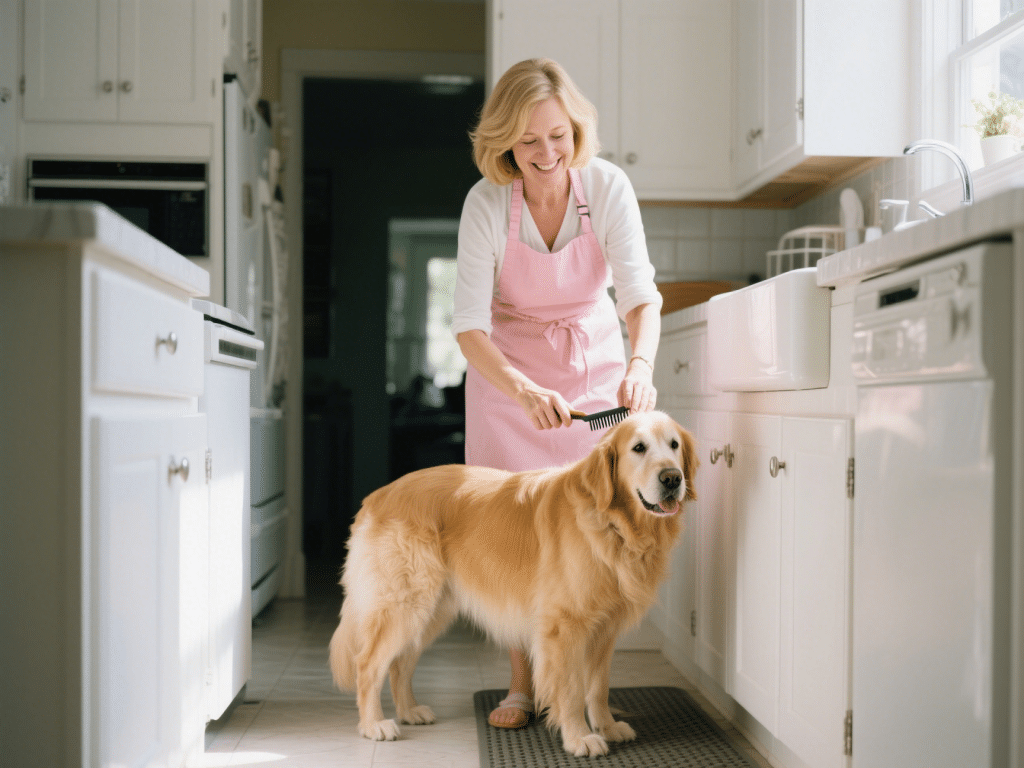
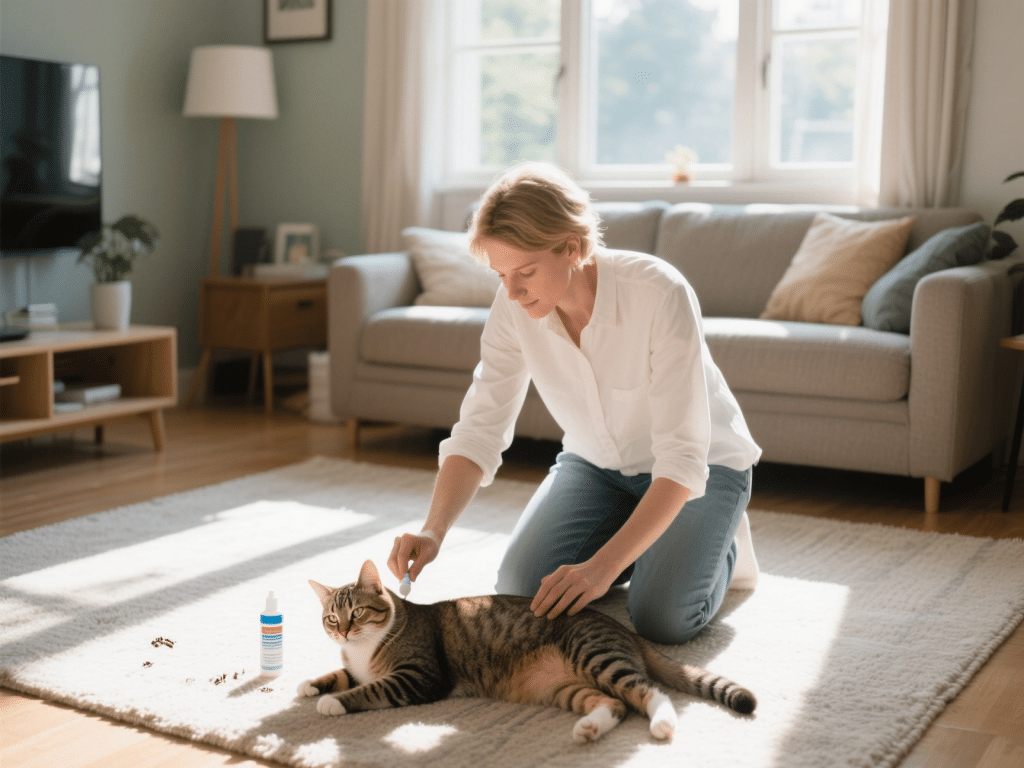

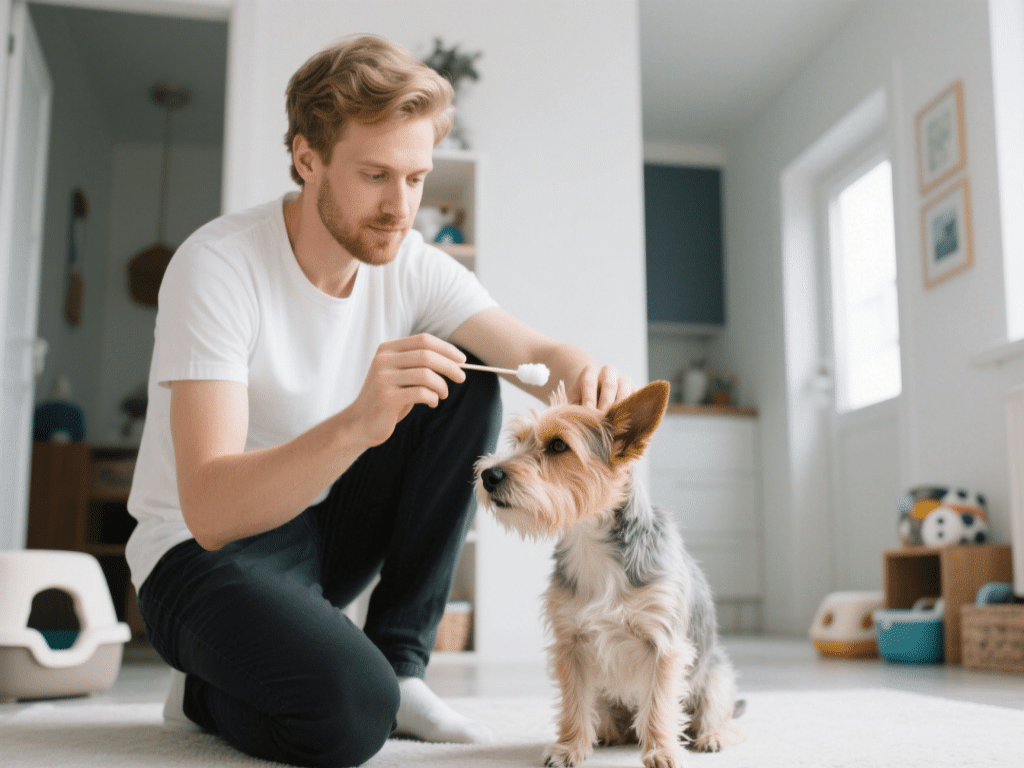

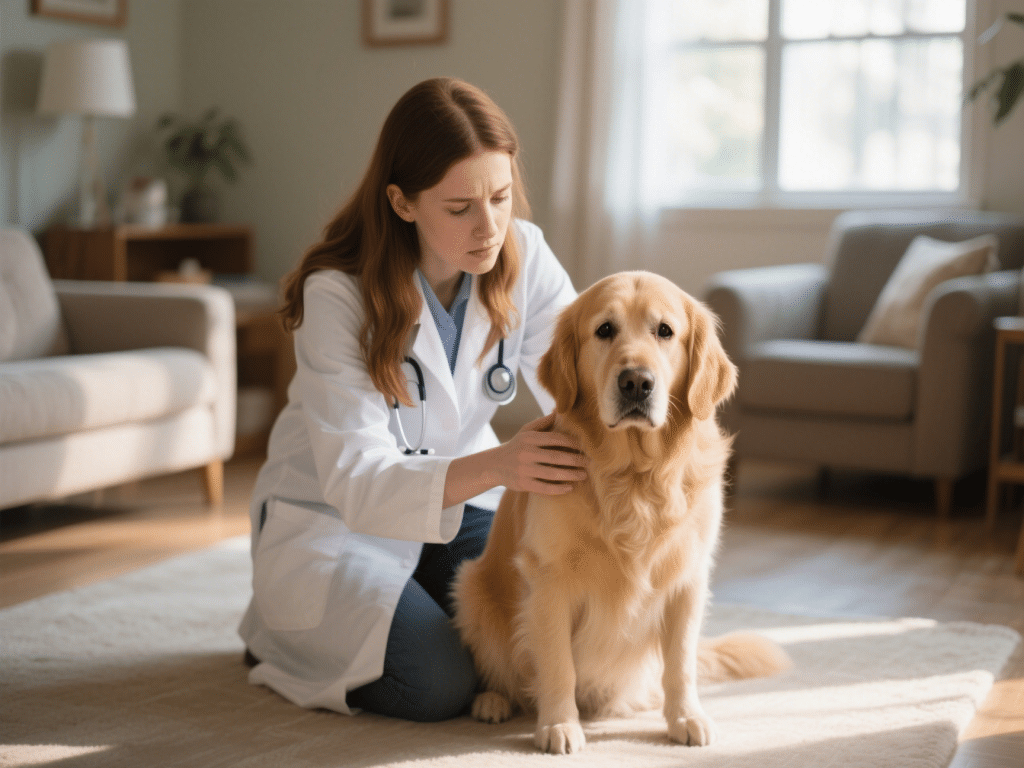
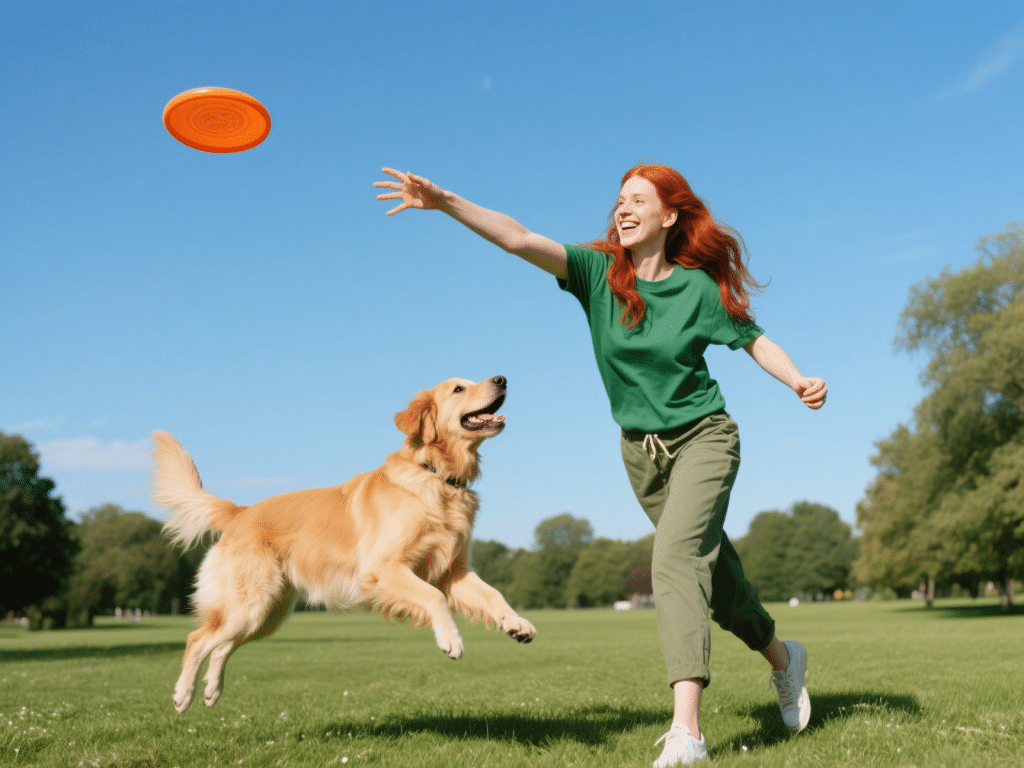

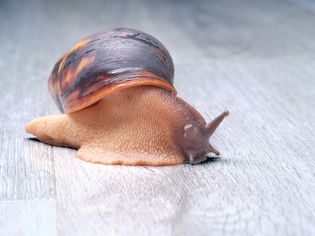
Comments on " Home Dog Grooming: Essential Tools and Techniques" :